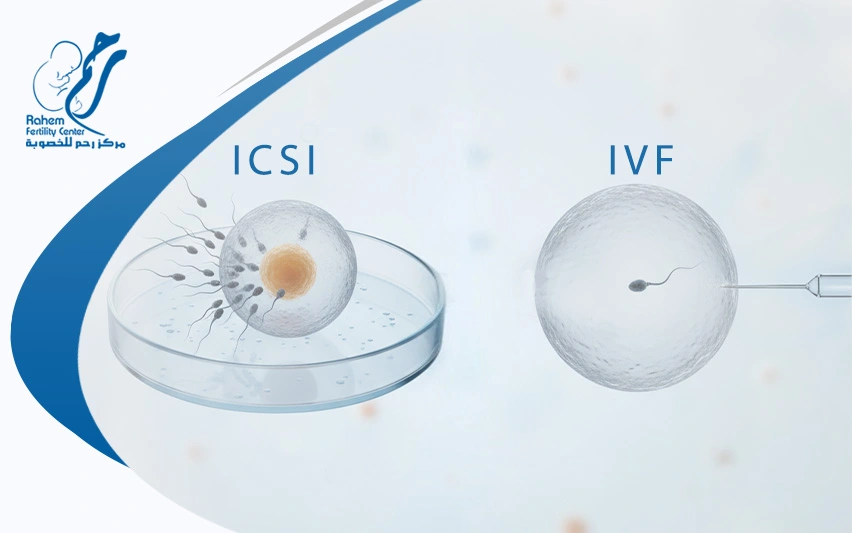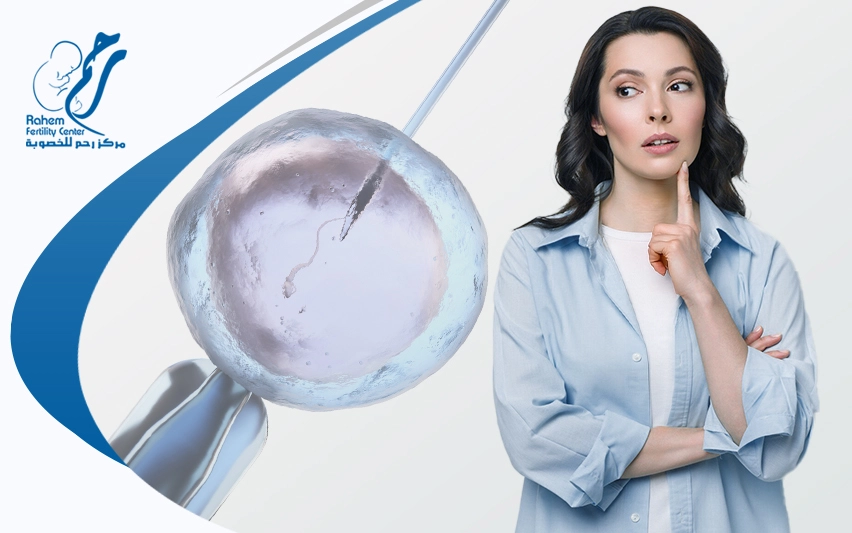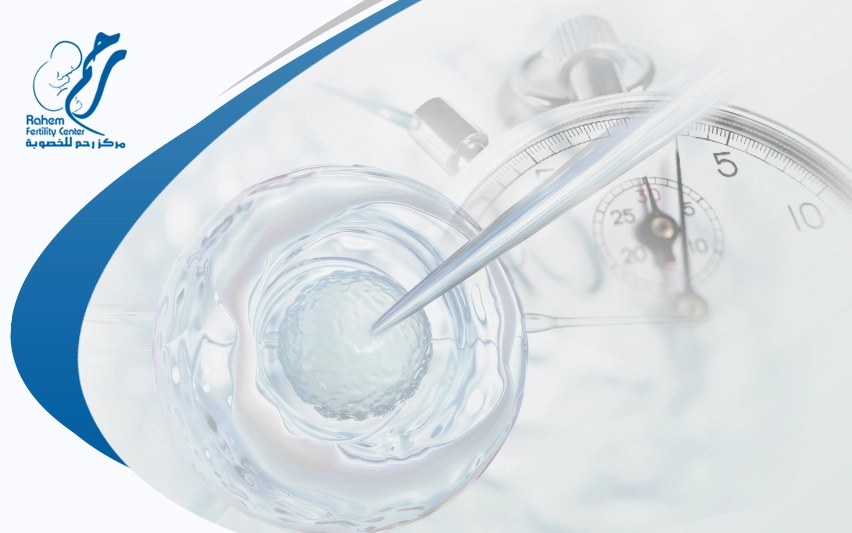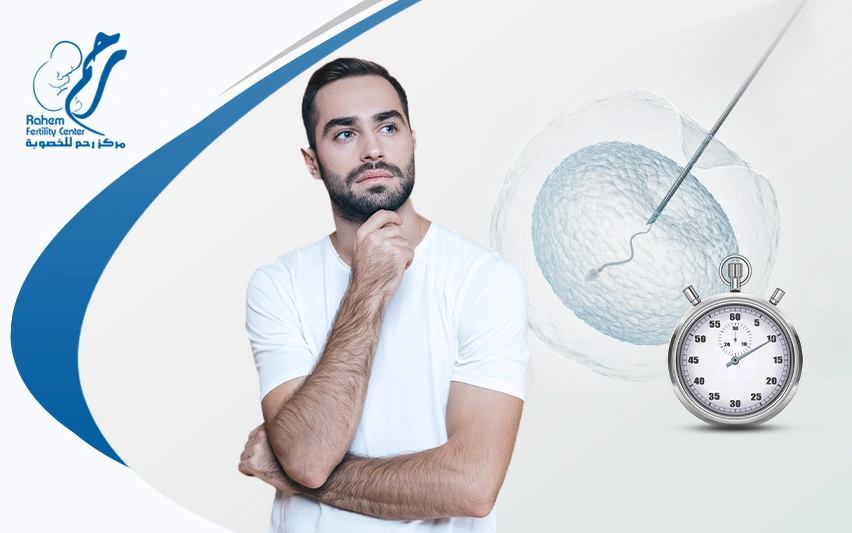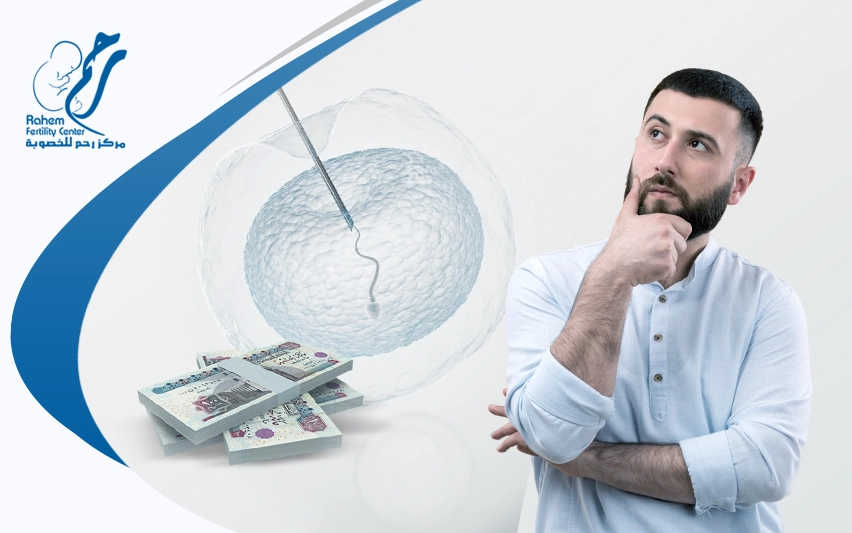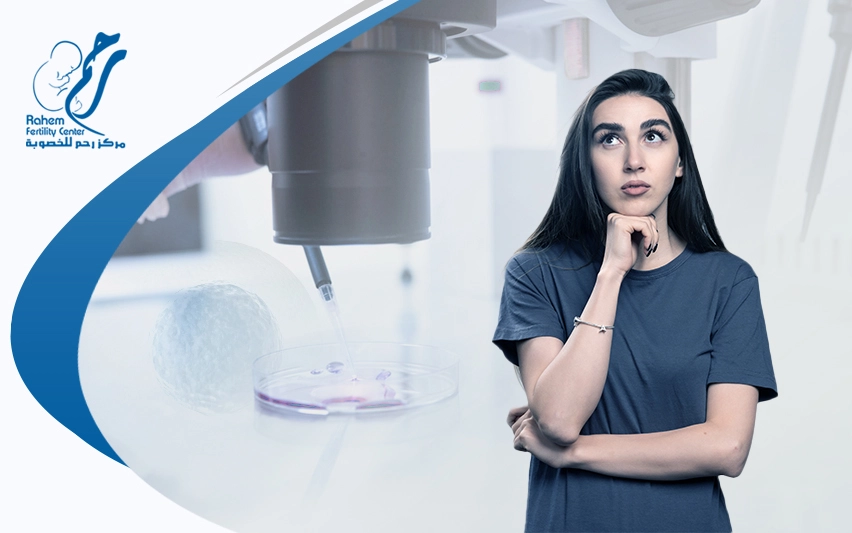Have you ever wondered if there’s still hope when natural pregnancy feels impossible? For many couples, IVF provides this hope, which is a solution they might not have initially considered.
But what does IVF stand for? And what exactly does it involve? This article will guide you through this fertility treatment.
Get your inquiry
At Rahem Center, our vision is to be at the forefront of distinguished scientific centers in the field of fertility assistance, not only in Egypt but in the world.
What Does IVF Stand for?
What does IVF stand for? It stands for in vitro fertilization. It means “fertilization in glass”, referring to how fertilization occurs outside the wife’s body in a lab.
IVF is often recommended when natural conception is challenging or delayed due to factors, including unexplained infertility, blocked fallopian tubes, or low sperm quality.
As a result of these difficulties, rather than leaving fertilization to chance, IVF allows specialists to control each stage of it.
Eggs are collected from the ovaries, fertilized with sperm in the lab, and then monitored closely. After a few days, the healthiest embryo is selected and gently transferred into the uterus.
read more about : Frozen egg transfer
Let’s take a closer look at each step.
How Does IVF Get You Pregnant?
Have you ever wondered: How does IVF get you pregnant? The process might seem complex at first, but it follows a clear and structured path.
Step 1: Stimulating Egg Production
Hormone injections are administered to the wife to encourage her ovaries to produce multiple mature eggs.
know more about : why women should freeze their eggs
Step 2: Egg Retrieval
Once the eggs are ready, they’re collected using a minimally invasive procedure guided by ultrasound.
read more about : AMH Hormone Normal Levels
Step 3: Sperm Collection
A sperm sample is collected from the husband.
Step 4: Fertilization
In a controlled lab environment, the collected eggs are fertilized with sperm that was retrieved from the husband.
read more about : IVF Journey
Step 5: Embryo Development
The fertilized eggs (the embryos) begin to grow. Specialists monitor their development for a few days (usually 3-5 days).
Step 6: Embryo Transfer
One or more healthy embryos are carefully transferred into the uterus after the uterine lining has been prepared with medication to encourage implantation and a successful pregnancy.
This is how IVF improves the chances of conception for couples facing medical challenges.
N.B. Understanding how does IVF get you pregnant helps reduce confusion and sets clear expectations.
know more about : Embryo Transfer
Can You Choose Gender with IVF?
A common and often personal question is: Can you choose gender with IVF? The answer is yes, using a technique called preimplantation genetic testing (PGT).
Through this test, doctors can examine embryos for genetic health and determine their sex before transfer. This allows for gender selection in specific cases, like sex-linked genetic disorders or when couples have a personal preference.
know more about : Sex selection
Final Thoughts
So, what does IVF stand for? It stands for much more than procedure; it represents a hope for families to grow.
This fundamental hope explains why, if you are wondering about the steps of IVF, you’re not looking for just facts or information. You’re searching for reassurance!
At Rahem Fertility Center, we understand this deeply. Our experienced medical staff will provide you with clear explanations at every step of your IVF journey, ensuring you receive the highest quality of care and services.
Need consultation? Schedule your appointment now by calling the contact numbers found on our website.
read more about :mini ivf step by step process




